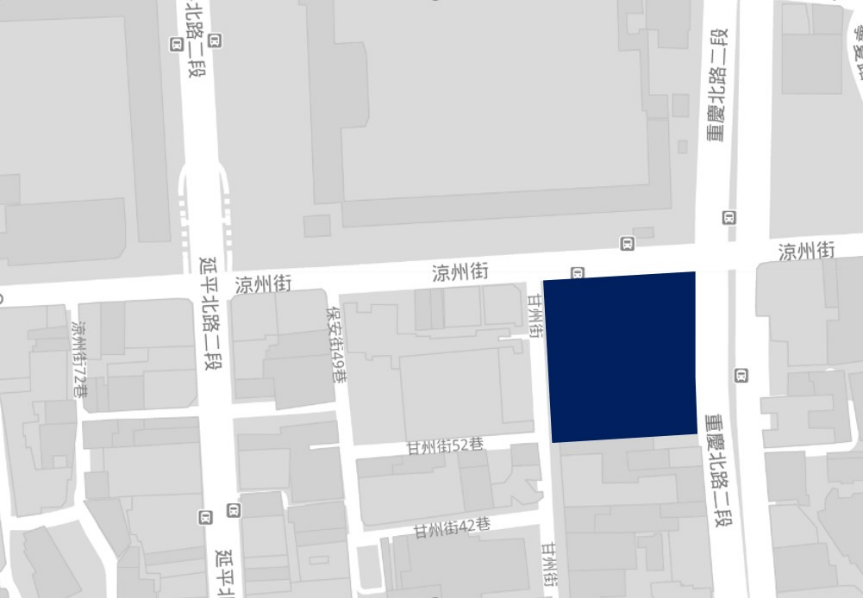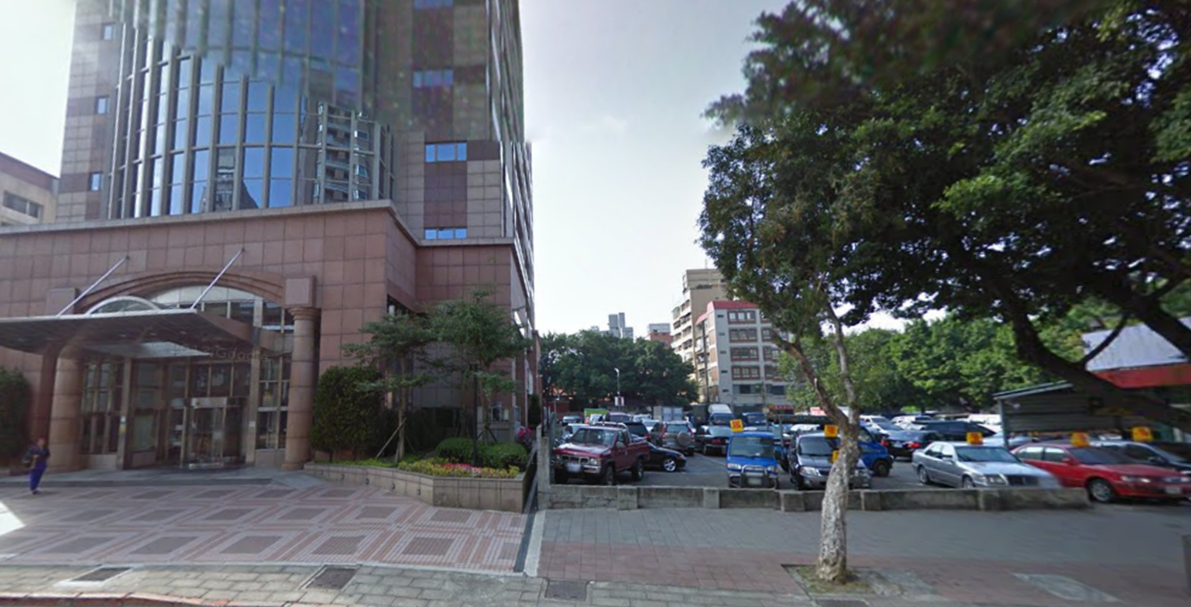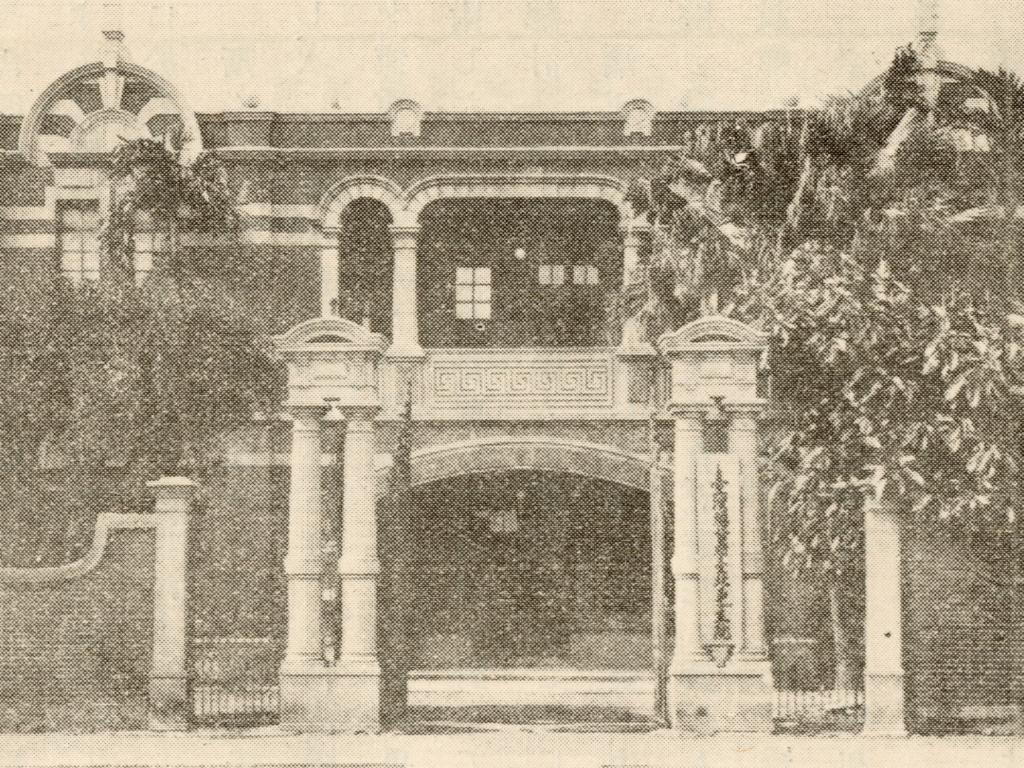Military Police Command
Military Police Command
Taihoku Renewal Hospital of the Taiwan Governor-General’s Office under Japanese rule; Detention Center of the Military Law Office under the Military Police Command after World War II
The Detention Center of the Military Law Office under the Military Police Command, previously located at today’s No. 28, Liangzhou Street, Taipei City (an area between Ganzhou Street, Section 2, Chongqing North Road and Lane 42, Ganzhou Street), was an important prison that housed political prisoners during the period of martial law.
In 1918 under Japanese rule, Lin Qingyue established the Hong Chi Hospital here, the very first general hospital privately run by a Taiwanese. A few years later the hospital ceased operations due to unaffordable debts and was taken over by the Taiwan Governor-General’s Office which later converted it into the Taihoku Renewal Hospital in 1930. The Renewal Hospital was essentially a recovery center set up to provide rehabilitation and treatment services for patients with opium and drug addictions. The first appointed superintendent was Tu Tsung-ming, Taiwan’s first certified Doctor of Medicine, who was responsible for the management of the hospital.
In November 1945, the Renewal Hospital was reorganized into the Taiwan Provincial Smoking Cessation Clinic under the supervision of Tu Tsung-ming, and was relocated to the Second Affiliated Hospital of National Taiwan University. The venue of the Renewal Hospital was later occupied by the 4th Regiment Headquarters of the Military Police Command (the 4th Regiment), whose primary tasks were to monitor the surrendered Japanese troops in Taiwan after the war and to maintain the social order in cooperation with the police sector. The 4th Regiment was not only one of the forces operating during the February 28 Incident in 1947, but also the primary firing squad to execute political prisoners in the 1950s. On March 1, 1950, the Military Police Command underwent a reorganization in Taipei and was established where the Renewal Hospital once was, as a prison to jail political prisoners arrested by the military police forces.

▲The original building has already been demolished. The blue block marks its original location. (Source: Google Maps; colored block added)
Not being able to see it does not mean it did not exist
The military police forces in Taiwan during the period of martial law played three roles: military police, military-law police and judicial police. They also had a dual identity of soldiers and policemen responsible for the enforcement of the law. After the war, the Military Police Command was responsible for the execution of political prisoners by firing squad (which was done mainly by the 4th and 8th Regiments as well as the Taipei Military Police) and the purging of anti-government activists. According to a brief account in the Military Police Annals published in 1981, similar to other intelligence agencies like the Taiwan Garrison Command, the Investigation Bureau and the Secrets Bureau, the military police used to be actively involved in intelligence work, such as deploying undercover agents and arresting suspected communist spies.
After the Military Police Command was moved out in 1957, its original site was used by the “Planning Commission for the Recovery of the Mainland” from 1958 to 1991. The original building of the Renewal Hospital was demolished in 1995 prior to the Taipei City Government’s official announcement designating it as a municipal historic site. An office building and a parking lot were built on the site with no sign of the original building left, but the history inscribed here will always remain.

▲ The original building of the Detention Center of the Military Law Office under the Military Police Command has already been demolished. Part of it has been converted into a parking lot and the rest of it into an office building. (Source: National Human Rights Museum)
基本資訊
0則留言
本網站使用Cookies收集資料用於量化統計與分析,以進行服務品質之改善。請點選"接受",若未做任何選擇,或將本視窗關閉,本站預設選擇拒絕。進一步Cookies資料之處理,請參閱本站之隱私權宣告。



